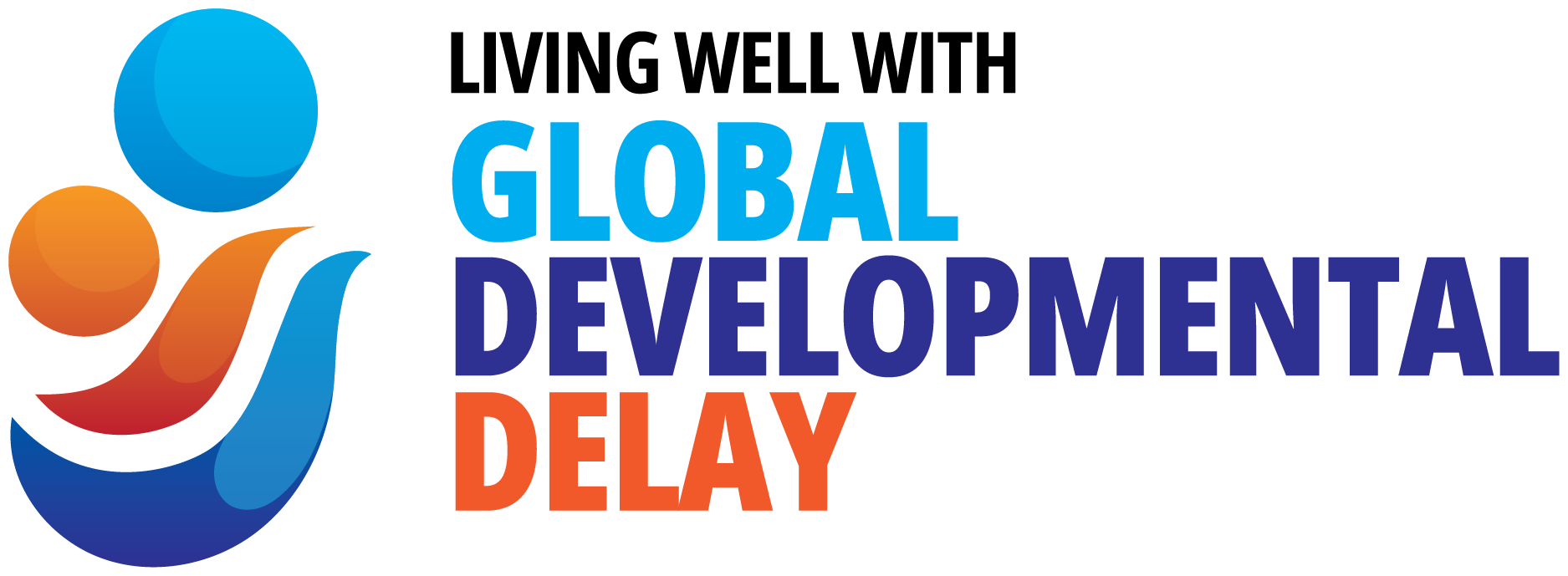Our child has global developmental delay! What do we do now?
- September 28, 2023
- Posted by: gl0b4dm1n
- Category: Global Developmental Delay ,

Having your concerns about your child’s development confirmed and being told that they have global developmental delay is one thing. Knowing what to do next is another.
There can be a temptation to want to jump in immediately and get as much therapy and intervention as possible for your child. And, yes, intervening early is important. But, it is also important that, as a parent or carer, you spend some time thinking not only about what your child with global developmental delay needs but also what you and your family as a whole need at this time. Hastening slowly can be a good strategy to put in place!
Research over many years has told us that what families need most is information that:
- they can trust,
- is easily understood,
- is based on strong evidence
- will help them to make decisions about what services and approaches will work best for their child with global developmental delay and for them.
However, deciding what information you need and where to find it can be tricky.
Families tell us that they need specific information about their child’s disability. They especially want to know how global developmental delay will affect them and what interventions may be helpful. As well, they say they need more general information about the services and supports available. With the coming of the NDIS knowing how to find their way into the NDIS is also seen as very important.
Having all of these different kinds of information is essential if you are going to be an effective advocate for your child and family and make informed choices about the services and supports you make use of.
Some years ago, as the NDIS was about to be rolled out, I and some other colleagues (Danielle Tracey who is also involved in the Living Well with Global Developmental Delay project, Sylvana Mahmic and Fiona Papps) carried out a research study where we asked parents how they made decisions. We were particularly interested in:
- how parents gather information about their child’s disability,
- how they make decisions about what services to access,
- how much they use the internet to gather information and
- what they see as important in website design.
291 parents from across Australia completed our survey and some 56 talked to us in small groups about their experiences. This is what we learned.
The three most common sources of information about their child’s disability were the professionals working with them and their child, the internet and other parents of children with additional needs. That is probably what we might expect.
We also asked parents to rank what they took into account when deciding what services to use. The six most important were:
- what the professionals already working with their child said,
- advice from doctors and health professionals,
- the reputation of services,
- recommendations of other families,
- what they themselves thought was right and
- whether the approach being looked at was based on evidence.
Parents therefore use a lot of different sources of information and it is essential that they can be confident that it is accurate and will allow them to make good choices for their child and family.
This is especially so under the NDIS where parents need to make choices about services and providers. One of the concerns that has come through in the current review of the NDIS is that there has been a return to what has been called “the medical model”. This has led to an emphasis on individual therapy sessions rather than an approach that builds a team around the child where the family and all professionals involved work closely together to achieve the best outcomes for the child and family.
Perhaps the information that families need most of all is what best practice looks like when working with young children with global developmental delay and their families. More is not always better..
The Living Well with Global Developmental Delay website has grown out of this research. It was funded by the Commonwealth Department of Social Services and has been designed to meet what the parents we spoke to said they wanted in a website. They want websites to be available in a number of languages, have videos of both families and professionals talking about their experiences and approaches to early childhood intervention, be easy to navigate and for the information to be easy to understand.
We have worked with a dedicated group of parents to achieve this and think we are on the right track. Please take a look at the website, try out the languages and accessibility features and, of course, explore the information there.
We would love your feedback and, most of all, your ideas about what is missing and what could be better. There is a feedback form on the website.
As one of the parents we talked to said: “There’s just so much for people to learn”. We hope our website helps meet that need.
Assoc. Prof. Christine Johnston, School of Education, Western Sydney University.
If you would like to read more about the research we did:
Johnston, C., Tracey, D. K., Mahmic, S., & Papps, F. A. (2013). Getting the best from DisabilityCare Australia: Families, information and decision making: Report of a project undertaken for the practical design fund department of families, housing, community services and indigenous affairs. https://researchdirect.westernsydney.edu.au/islandora/object/uws:26945/datastream/PDF/view
Tracey, D., Johnston, C., Papps, F. A., & Mahmic, S. (2018). How do parents acquire information to support their child with a disability and navigate individualised funding schemes? Journal of Research in Special Educational Needs, 18(1), 25-35. https://nasenjournals.onlinelibrary.wiley.com/doi/abs/10.1111/1471-3802.12390
